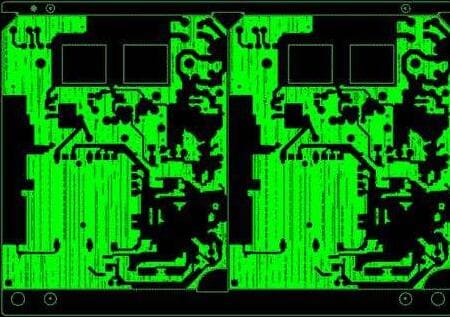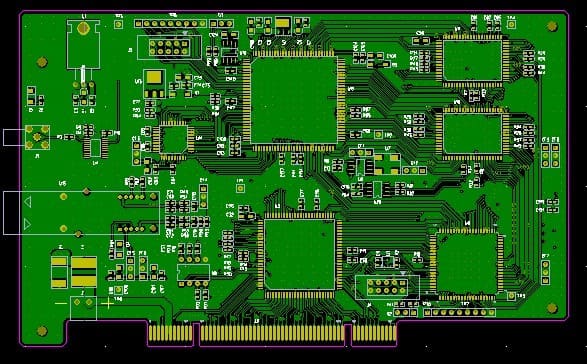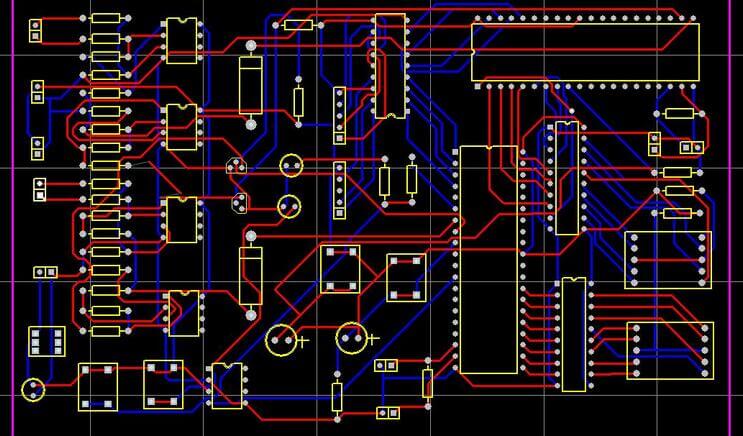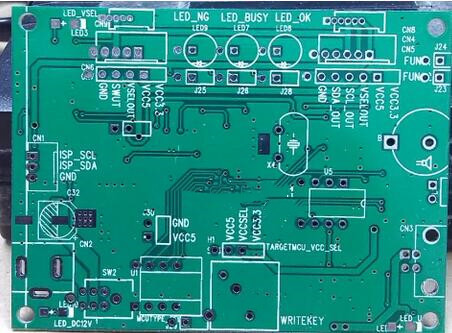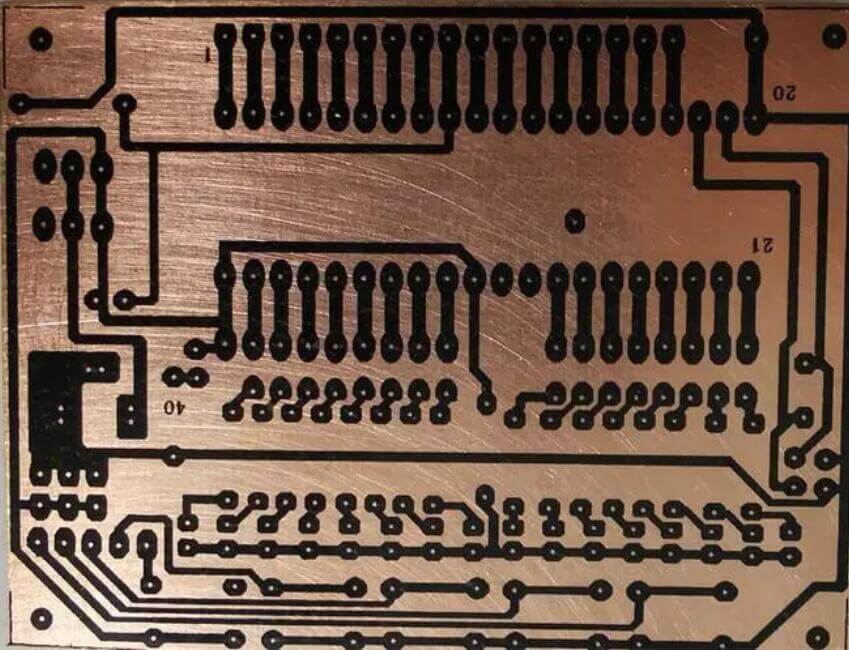Printed Circuit boards are the carrier to realize the functions of electronic circuits. As a circuit design engineer, I think you will meet many problems in the product design and development stage.
The common problems are as: With the increase of electronic communication frequency, the requirements for PCB circuit accuracy are getting higher and higher. The selection of the best choice makes the product reliability requirements higher and higher. R&D projects need to be repeatedly demonstrated and modified. And the electronic product development cycle is getting shorter and shorter.
Circuit design engineers have to face higher challenge. How to quickly produce circuit boards in the shortest time and shorten project development time has become one of the keys to success.
Traditional Rapid Circuit Board Production Method
Although there are many ways to make and process circuit boards, the traditional rapid manufacturing methods can be divided into two categories: physical methods and chemical methods.
Physical Method
By using various knives and electric tools, manually carve out the unnecessary copper on the circuit board.
Chemical Method
By covering the protective layer on the blank copper clad board, the unnecessary copper is etched away in the corrosive solution, which is the method used by most developers at present. There are many ways to cover the protective layer. Mainly including the most traditional manual lacquer method, customized sticker method, film photosensitive method, and thermal transfer printing PCB board method that has only been developed in recent years.
Hand-drawing Paint: Use a brush or a hard pen to manually draw the shape of the circuit on the blank copper clad laminate. And then put it into the solution for direct corrosion after it is blow-dried.
Adhesive Stickers: There are various stickers on the market that are made into strips and discs. Different stickers can be combined on the blank circuit board according to the needs. And they can be corroded after they are tightly adhered.
Film Photosensitive: Print the PCB circuit board diagram on the film by a laser printer. Pre-coat a layer of photosensitive material on the blank copper clad laminate (the coated copper clad laminate is sold in the market). Then expose, develop, fix and clean in the darkroom environment, later it can be corroded in the solution.
Thermal Transfer: Print the circuit directly on the blank circuit board through a thermal transfer printer, and then put it in the corrosive liquid to corrode.
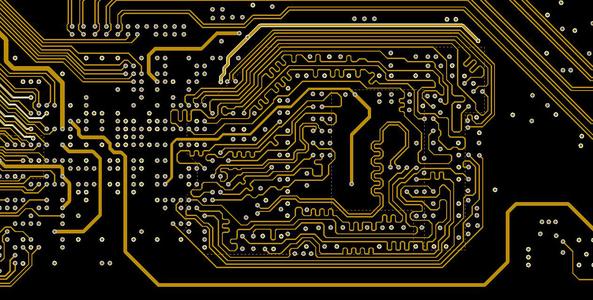
The Advantages & Disadvantages of Physical Methods and Chemical Methods
Physical Method:
This method is laborious and has low accuracy. Only relatively simple lines can be used. The main shortcomings are labor-consuming and time-consuming, accuracy is not easy to control and unrecoverable. It has high requirements for operation. Currently few people have adopted it.
Chemical Method:
The process is relatively complicated, but the precision is controllable. It is currently the most widely used rapid plate-making method, but there are still many problems.
- Printing accuracy depends on the accuracy of the printer cartridge used. Printers with poor performance print uneven lines, which can easily cause disconnection and adhesion during the corrosion process.
- The exposure and development time of the photosensitive plate is not easy to control, and the best exposure time of each batch of plates will be different, which requires repeated trials to master.
- The control of the corrosion process is difficult. It is impossible for a monolithic corrosion board to be equipped with the professional control equipment used by the circuit board factory for mass production. The temperature, concentration and pH of the corrosion solution will have a greater impact on the corrosion quality. To do a good job of a circuit board, you must have many experience accumulation. Otherwise, the material scrap will be very serious.
- The photosensitive plate has high environmental requirements and must be stored in full darkness and low temperature. The exposure process must also be carried out under darkroom conditions.
- Silver salts (photosensitive materials) and copper salts (corrosion products) are both toxic. Care must be taken during the corrosion process. It is difficult to clean people or clothing if they are stained. Moreover, due to environmental reasons, it is more troublesome to dispose of the waste liquid after corrosion.
- The etched finished board must be worked by hand. And it is difficult to control the accuracy of manual punching.
To sum up, the traditional physical plate-making method is laborious and time-consuming. And it has low precision. Although the chemical rapid plate-making method has controllable precision, but the process is complicated and environmentally unfriendly. Regardless of whether it is a physical method or a chemical method, both require high operating skills. So neither can be regarded as a good method that can help engineers achieve “fast” board manufacturing.

